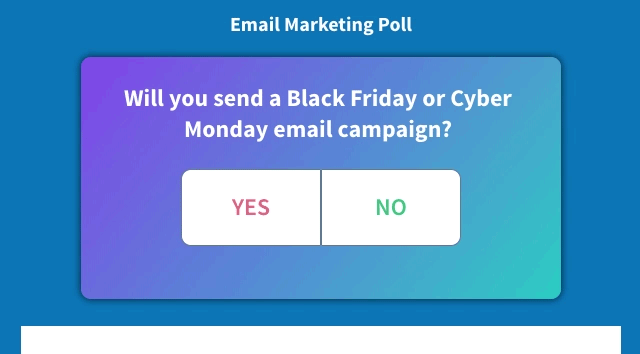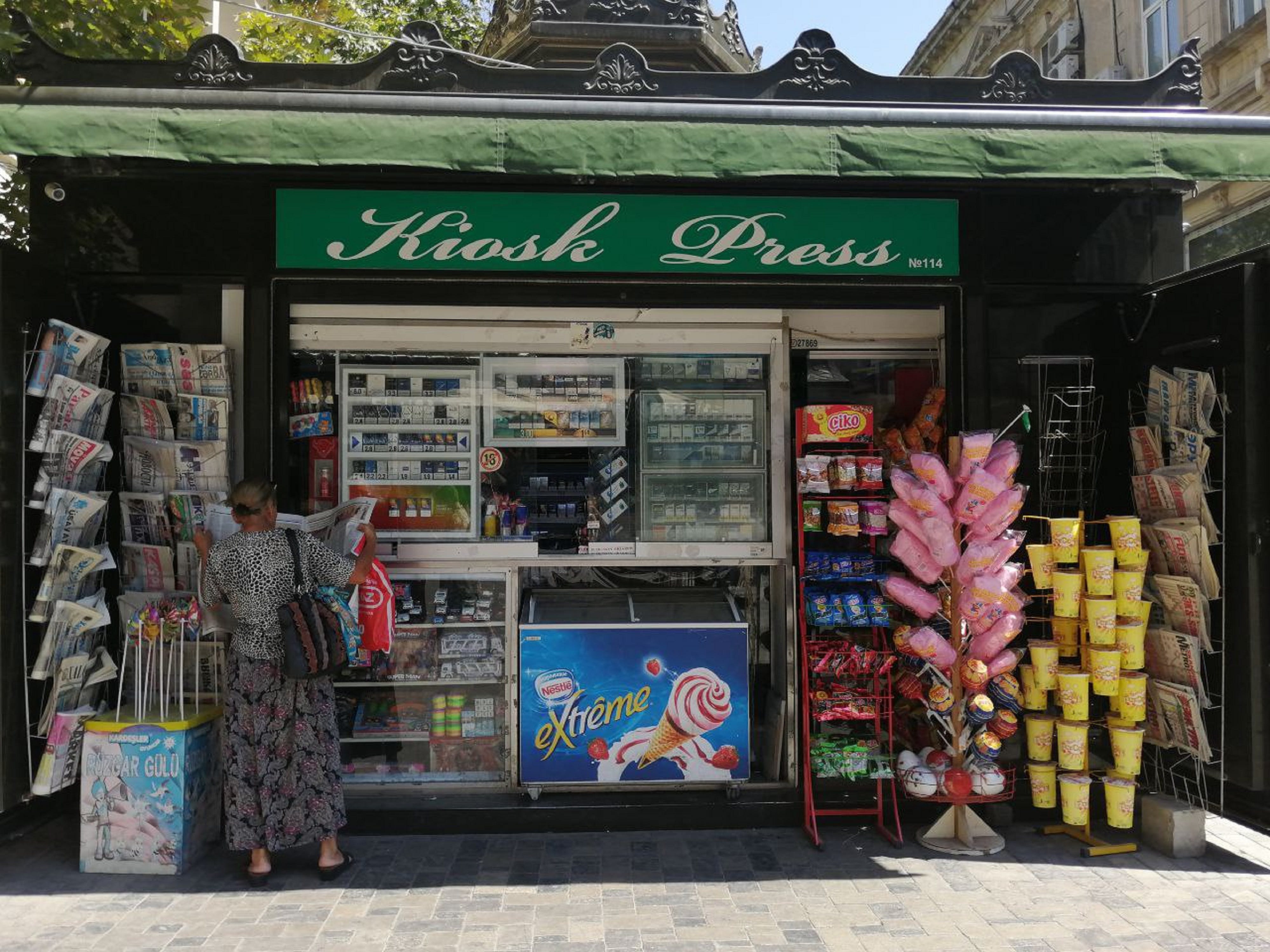5 Essential Elements of Lead-Generating Content
Is your business growing? If not, new marketing tactics, especially tried and true methods, could build results. But with the many lead-generating content marketing options available, it can be hard to decide how best to attract leads.
Knowing the ingredients of copy that sells helps. Once I learned more about them and started using them, my offers began to gain more clicks.
Use these secrets of lead-converting copy to boost responses from your dream clients.

1. Headlines and subheadings – Aim to write a headline that hooks readers into the rest of your copy. A well-written one makes impressions in the form of responses or clickthroughs.
Evidence suggests an engaging title should contain one or more of the following ingredients:
- News or timeliness
- Relevance to the audience and the content (industry terms, targeted keywords, etc.)
- Clarity
- active verbs
- conciseness
- strong syntax (word placement)
- Personalization (e.g., “John, save 25% on widgets this week”) or an appeal to “you” or “your”
- Power words (including trigrams) or psychological triggers or other emotion-evoking specifics:
- a promise or a benefit
- a curiosity “gap” (through mystery or a pleasant surprise)
- negative superlatives (e.g., “the worst”)
- urgency or scarcity (limited offers)
- a number (especially an odd one) as a digit, including statistics
- social proof or identity (“Join 234 other business professionals…”) (building trust and a sense of belonging)
Example: The 7 Worst Estate Planning Mistakes
Many of these aspects, including the curiosity gap, have attracted more attention to my emails. Don’t go overboard like I did when I first practiced the principles — I piled them into my headlines. I’ve since learned that three or fewer per title work well.
Place subheadings throughout longer content to break it up and highlight key points — and add the elements above to boost engagement.
2. Targeted keywords – List words and phrases that appeal to your audience. Then use tools like Google Instant, Google Ads, or SEMRush’s Topic Research to refine search terms, including questions people ask. Businesses that serve a local market should add location-based keywords. This research may also inform your lead-generating content topics.
Example: “financial advisor for single mothers in Texas”
Or focus on different aspects of your products or services or your clients’ goals.
Example: “financial advisor for aggressive growth portfolios” or “financial advisor for first-time home buyers.”
Adding keywords to headlines, headings, and throughout, helps the right clients find you online. Place them in website meta descriptions, too. But avoid age-old “stuffing” techniques that no longer work. As few as one to three keywords can gain results. Compared to high-volume keywords, long-tail ones with three or more terms reach a more targeted audience.
3. A clear structure – For snippets of 300 or fewer words, one topic works well. But for longer content, an outline organizes your ideas to flow from one to the next, easing reading. And it prevents trips down rabbit holes.
The P-A-S headline formula, problem-agitate-solution, works for lead-generating content like landing pages and emails. The F-A-B formula (features-advantages-benefits) also augments persuasive content, especially for products, per Intuit’s Lacerte software web page.
Informational content, like blog posts, benefits from the A-I-D-A (attention-interest-desire-action) format.
4. Compelling body copy – Don’t tell, show! Use vivid, benefit-driven language to describe how your offer changes lives. Power words like “transform” and “effortless” and descriptive terms like “patient-centered” grab attention and reframe information positively.
More elements that draw readers (from “Brainfluence” by Roger Dooley, “Made to Stick” by Chip and Dan Heath, “Contagious” by Jonah Berger, and other books):
- Statistics that use numbers rather than percentages (“Nine out of ten dentists recommend”). Those that show a relationship or correlation hold interest, too.
- Testimonials, which may also show social proof and build credibility; add a name, face, and a story or feature what others say about you (“Ranked #3 by J.D. Power & Associates”).
- Asking people to imagine they own an item through leading questions helps them feel like they have it. Example: De Beers’ “A Diamond Is Forever” ad campaign: “How can you make two months’ salary last forever?”
- Focus on remarkability: what makes your product or idea remarkable? Example: Apple iPod: “1,000 songs in your pocket”
- Define the benefit of the benefit (e.g., “quarter-inch holes” vs. “quarter-inch drill-bits”).
5. Effective calls-to-action (CTAs) – Inspire readers to act through clear and concise directions. Describe what they’ll get. Formulas like V-O-U (verb-offer-urgency) can guide you to clickable frameworks.
Or, as HubSpot suggests, ask yourself:
- What do I want the reader to do?
- Why should they do it?
- How will they know to do it?
Clarify your goals for your readers and align them with their problems.
Strong action verbs encourage clicks. The key is to use descriptive terms. Generic phrases like “click here” don’t work as well at influencing action. More descriptive text also helps the visually and cognitively impaired take your directions.
Example: Start your free case evaluation now
Simple and clear action verbs include:
- Join
- Book
- Sign-Up
When possible, prefer one-syllable words for easier understanding. Though the word “get” is popular, some marketers don’t consider it specific or effective enough. But it can work in some offers.
As always, despite what the experts say (or think), test and track the results. Adjust your writing, if necessary, to enhance interest.
Bending over backward to satisfy every client is tiresome. Some of us aren’t that flexible. 🙂 And it can waste time you could spend attracting better clients.
Learn how to write content to gain customers who value and respect you and your work.
How do you like to write copy to get responses? Feel free to comment below.
QUOTES
“Content is the fuel for your lead generation efforts.”
Dayna Rothman
“Approach each customer with the idea of helping him or her solve a problem or achieve a goal, not of selling a product or service.”
Brian Tracy




